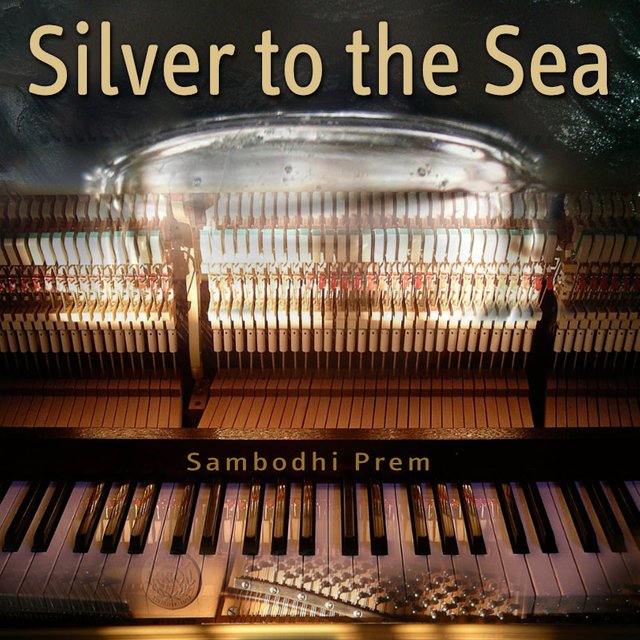Cointegration in Ambient Music
This article describes a production method for the creation of non-repetitive ambient music.
Imagine a piano player recording an improvised piece of music without a fixed tempo, a form of playing called ‘rubato’. With the piano’s sustain pedal down, the player listens to the gaps between the notes, occasionally triggering new notes without regular time intervals between the notes.
I have enjoyed playing this style of music and have wanted to orchestrate the recordings I’ve made, using midi-based virtual instruments, in such a way that the orchestrations would follow my playing.
Using a digital audio workstation like Apple’s ‘Logic Pro’, it is possible, via a process called ‘beat mapping’, to create a tempo definition called a ‘tempo map’ to a piece of music after it has been recorded. This tempo map follows the fluctuating tempo of the music as it was played, in such a way that midi-based instruments that are recorded afterwards, follow the tempo of the original recording. Loop-based textures that weave in and out of the arrangement, would follow the tempo in a semi-random fashion.
These midi-based, virtual instruments can add a random form of repetition that follows the main musical events of the original recording, yet have ‘excursions’ on their own that appear somewhat autonomous. Particularly musical textures, notes that have a randomness about them, but follow the general direction the music is going, can appear to the listener ‘in context’ while at the same time bringing a sense of surprise to the composition.
An example of such a spontaneous composition would be ‘Across the Water’ from my album ‘Silver to the Sea’.
Musical cointegration
The term cointegration comes from the world of statistics, it describes a loose connection between two things. Unlike correlation, where there is a tight connection between, for instance, the price of milk and the price of cream, cointegration is often explained with the following metaphor: imagine a drunk with a dog on a leash walking home from the pub. The drunk is heading home in a somewhat disorderly fashion, the dog, concerned with all the things that dogs are concerned with, but held by a leash, wanders across the pavement — both have a randomness and freedom to their movement, yet they are constrained by each other. Eventually they will find their way home…
Applied to music this technique brings a sense of time to a recording that is otherwise recorded without the musician expressing an internalised time map. The arrangement can bring about interesting coincidences and serendipitous musical accidents within the spontaneous flow of the original recording.
